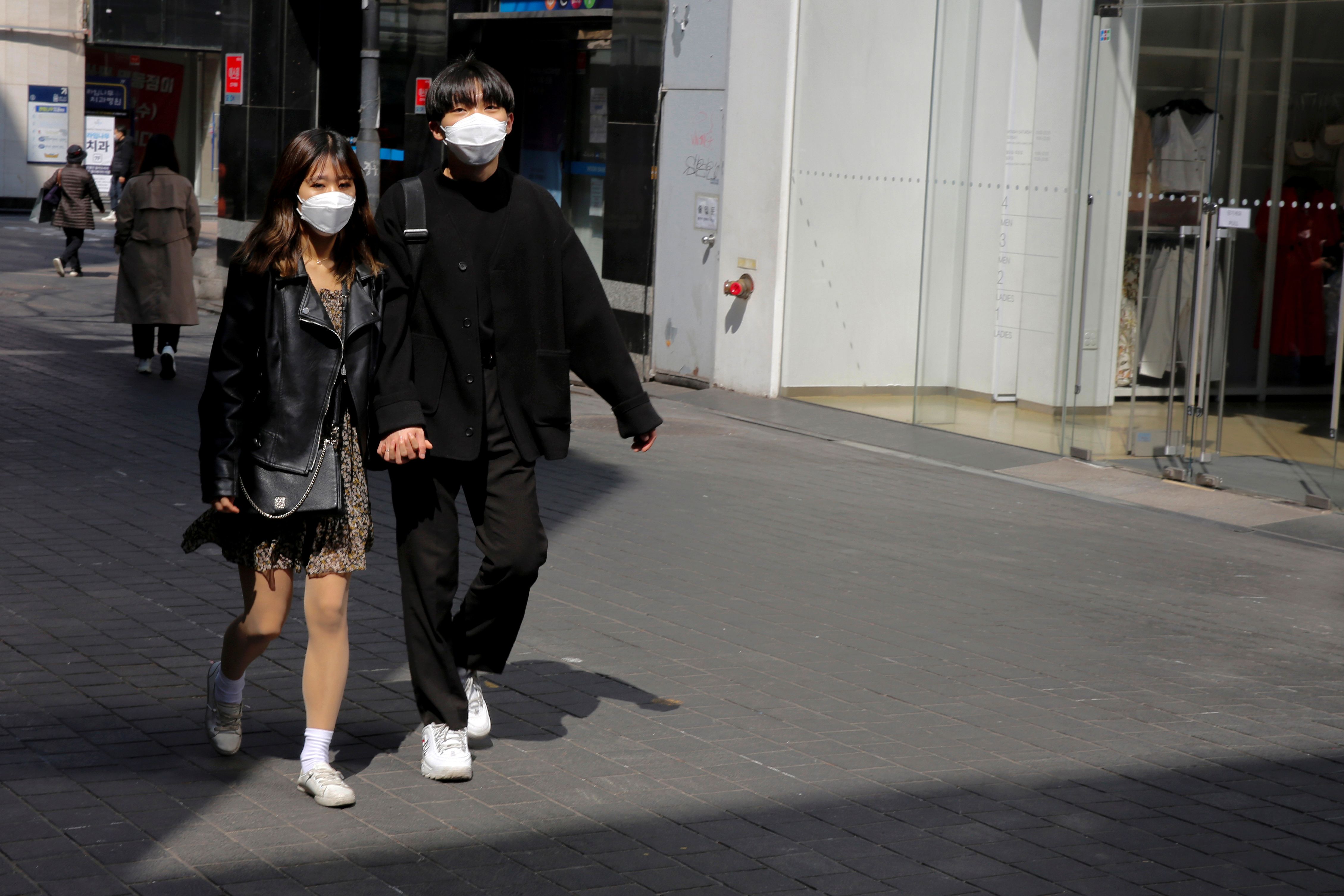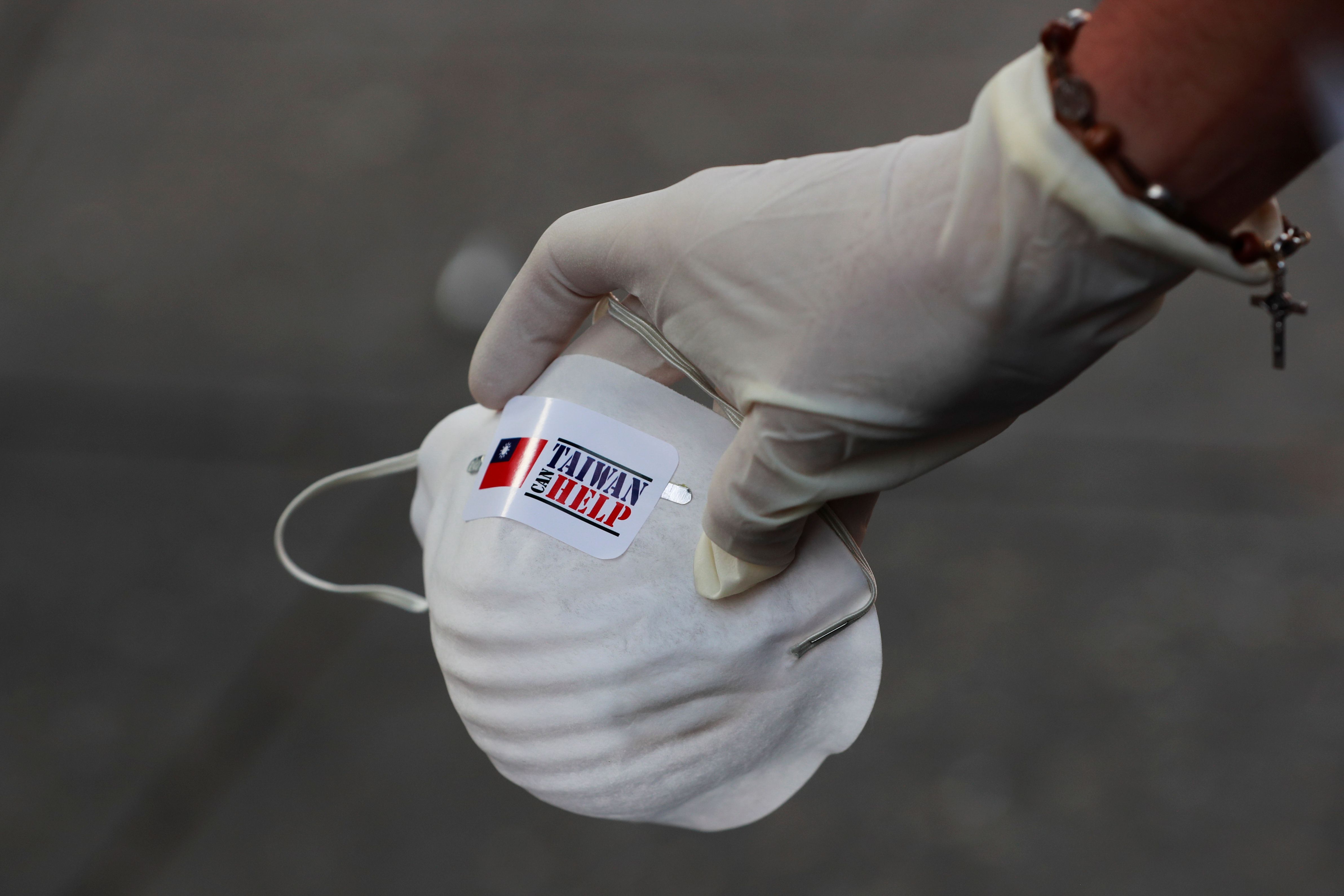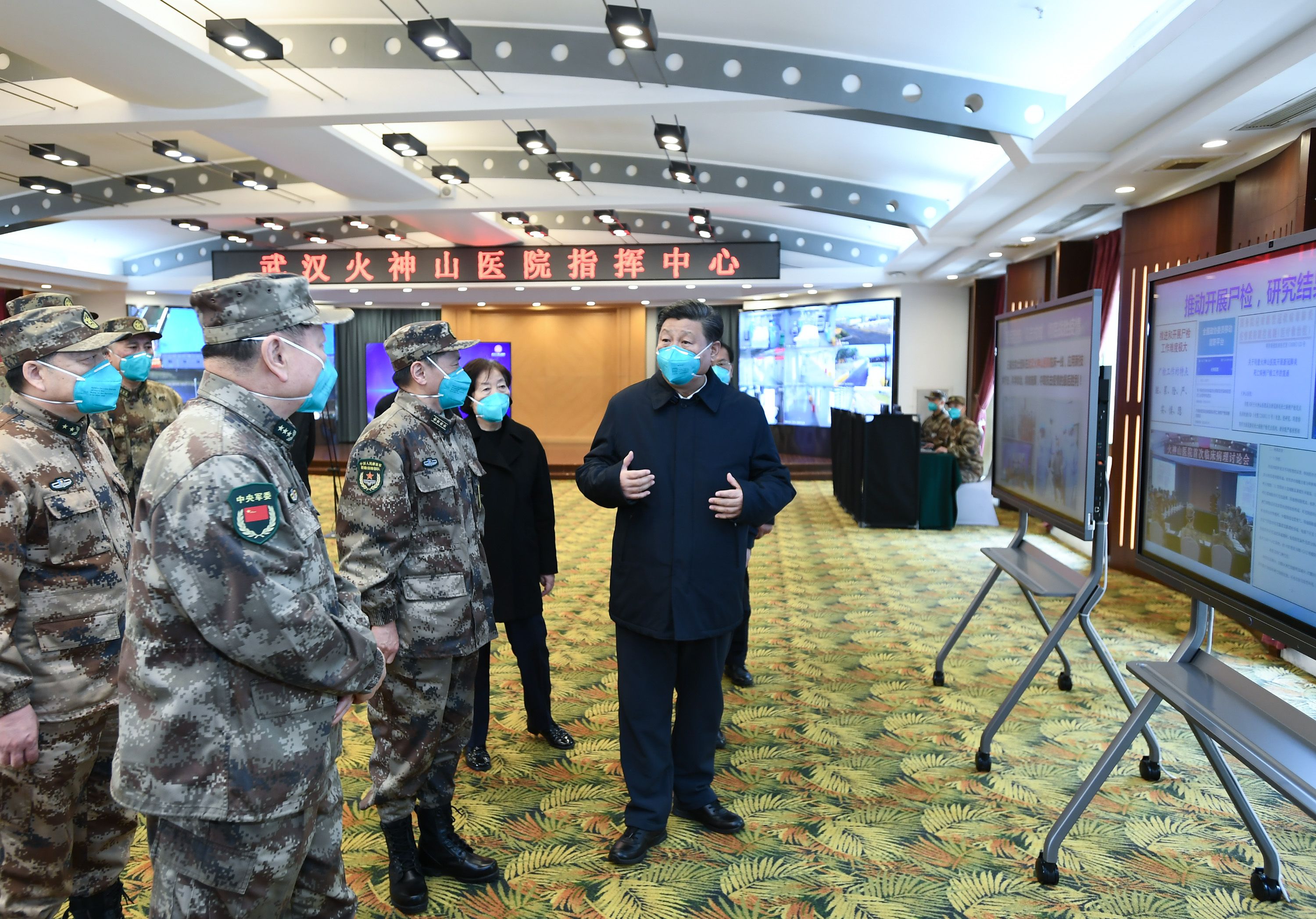Preparedness and Surveillance: South Korea’s Response to COVID-19

The Scale
The first case of SARS-CoV-2 infection in South Korea’s population of 51 million was reported on 20 January 20. The situation deteriorated dramatically in the second half of February with Patient 31 in Daegu, North Gyeongsang Province. Despite having symptoms of the disease, the patient, a woman who is a member of a sect of the Shincheonji Church of Jesus, attended several services, infecting dozens of people. It is estimated that church members contributed to the infection of more than 5,000 people (over 50% of all cases). In addition to Daegu, where about 70% of the infections were reported nationwide, there are other local clusters, including in Seoul. While at the peak of the infections there were several hundred new cases daily throughout the country, since mid-March the rate of new infections has decreased. The current status (as of 3 April) is 10,062 infected, of which 6,021 have recovered and 174 have died.
The containment of the spread of the virus resulted from efficient crisis-management in South Korea. It stems from the experience Koreans gained from the MERS epidemic in 2015, after which the authorities adopted regulations improving the system of rapid response to epidemic threats. As a result, the governmental Korean Centres for Disease Control and Prevention (KCDC) were reorganised and cooperation with the private healthcare and biotechnology sectors was deepened.
South Korea’s Reaction to SARS-CoV-2
Just a week after the first case of infection, the government commissioned private biotech companies to prepare mass production of tests. Moreover, rapid identification of the source of infection in Daegu allowed isolation of the suspected persons and prevented the need to introduce restrictions on movement.
From the beginning of the epidemic, the government’s openness and transparency have also been important. Through media, regular KCDC briefings, and notifications sent to mobile phones, residents receive up-to-date information on infections and instructions on how to behave. The vast majority of the South Korean population complies with the government recommendations, which is visible in avoiding group meetings, maintaining physical distance, and wearing facemasks. The authorities closed educational institutions and cancelled the largest mass gatherings, but the organisation of smaller ones, including religious and entertainment, was only discouraged. Those violating the government’s guidelines most often have been churches. The latest regulations include severe penalties on entities and people who do not comply with the recommendations (e.g., closing facilities, a fine of up to $8,000 and one years’ imprisonment for non-compliance with the quarantine).
What distinguishes South Korea from other countries is the mass testing of citizens for the presence of SARS-CoV-2. So far (3 April), South Korea has carried out more than 440,000 tests. Performing tens of thousands of tests a day is possible thanks to the network of domestic producers (producing more than 135,000 tests per day), extensive laboratory facilities (more than 100 laboratories) and testing facilities (more than 600 centres). An innovative network of 50 drive-through stations was created in which people are tested without getting out of the car—the whole procedure takes about 10 minutes and the results are available within a few hours. Very effective healthcare also helps in restricting the spread of the virus. South Korea ranks ninth in the Global Health Security Index and is first in the category of epidemiology workforce and emergency response operations, and second in the category of health capacity in clinics, hospitals and medical countermeasures, and personnel deployment.
Surveillance technologies, which are constantly developed ,and contact tracing play a very important role. The provisions of the Infectious Disease Control and Prevention Act give the government the authority to access, collect, and analyse data of the infected. In light of the latest regulations (from 26 March), 27 public and private entities, such as the police, mobile carriers, and credit-card companies, provide the health authorities with GPS tracking data from phones, recordings from CCTV cameras, and credit-card transactions. The collected data allow identification of the means of transport and locations where infected people had been and the people with whom they may have come into contact with. The results of the tracking are made public through dedicated websites, text message updates, and phone applications.
Due to the rapid growth of infections in Europe and the U.S., South Korea has tightened restrictions on people coming from all over the world (both South Korean citizens and foreigners). At the airports, tests are carried out, and then—regardless of the initial result—people are directed to a 14-day quarantine and obliged to download the tracking application through which they are to inform the government about the state of their health. Foreigners who break these rules may be deported.
Political, Economic, and International Consequences
The epidemic and the public’s reaction to it may favour President Moon Jae-in’s party, the Democratic Party (DP), in parliamentary elections scheduled for 15 April. At the beginning of the epidemic, the Moon administration was criticized by some people for not closing South Korea’s borders to Chinese. However, the authorities’ success in the fight against the epidemic has meant that the president’s actions have resulted in the highest level of support for him since the beginning of the year—49.3% (according to the Realmeter survey of 23 March). This translates into high support for DP of 42% of respondents, while the main opposition force, United Future Party, has 33%. Focusing public attention on the epidemic and limiting direct contact will contribute to lower turnout, which will be beneficial for DP.
The COVID-19 pandemic may have serious economic consequences for South Korea because of supply chain disruptions, especially in the automotive and electronics sectors. Already in January and February, some South Korean companies had to stop production because of supply interruptions from China. The production facilities of South Korean companies may face the same problem in other parts of the world, including Central and Eastern Europe. Some companies operating in Poland have already suspended production (e.g., Samsung in Wronki) because of problems with the purchase of components and export to the markets of neighbouring countries. Because the economy of South Korea is export-oriented (accounting for over 40% of GDP), the likely decline in demand for industrial and consumer goods on global markets will be particularly severe. So far, the Bank of Korea has lowered its GDP growth forecast for this year from just 2.3% to 2.1%, but rating agencies forecast a recession (at -1% of GDP).
South Korea in the fight against COVID-19 to promote itself as a democratic country that, thanks to efficient organisation and the application of innovative measures in this crisis, can be an inspiration for others. Solutions such as the drive-through test centres are being copied in, among others, the U.S., Canada, Germany, and the United Kingdom. Also, 121 countries so far have asked South Korea for medical and technical support in the fight against the coronavirus—both imports and humanitarian aid. South Korean biotech companies are selling testing kits to more than 30 countries around the world. Poland is also conducting talks with South Korea on this matter.
Conclusions
The South Korea case shows that actions besides closing borders and a full lockdown can effectively limit the spread of epidemics; however, they require a quick response, efficient social communication, extensive medical and laboratory facilities, and cooperation between state and private entities. It is equally important to use new technologies and legal regulations that allow surveillance and contact-tracing of all people residing on the territory of the state.
Although in surveys, almost 80% of Koreans support restrictions on privacy while fighting an epidemic, the use of such methods may be controversial in other countries. Therefore, these activities do not have to be a model solution for countries with different legal and constitutional conditions, for example, those in Europe. At the same time, surveillance, contact-tracing and making the results of the tracking public can prevent other restrictions on civil liberties, including movement.




